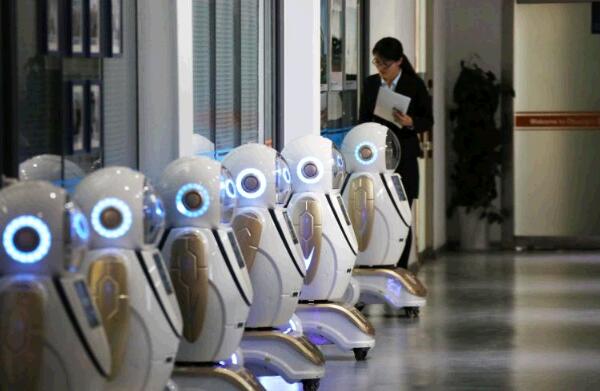
Singapore has vigorously promoted artificial intelligence in recent years. Among them, the Singapore National Research Foundation has launched Singapore's national artificial intelligence core (AI.SG) program.use.The high -tech manufacturing industry such as electronic products is the pillar industry of Singapore, accounting for about 20%of the GDP. Although there is an artificial intelligence blessing, it is questionable whether it can change the manufacturing industry with signs of shrinking the global economy.EssenceThis is all because Singapore lacks talents in the field of artificial intelligence.
In 2018, one -third of the manufacturing industry faces the vacancy of the job. At least six months will not be filled in the next six months. Although Singapore has been attracting high -tech foreign investment, the industry's high -speed development and the unlimited restrictions of talent ratio have led the enterprise to make the enterpriseSeeking virtue if you are thirsty.
Accelerating the development of artificial intelligence can enable automation to replace human operations and bring new development opportunities to the economy. This is good, but it may also take the livelihood of locals.I think this is also the most concerned topic for most Chinese people. Under the dual action of economic downturn and intelligent development, how to keep their own rice bowls?
According to the Deloitte investigation, 61%of young people believe that the era of intelligence will change their work nature, making it more difficult for them to find a job.Taking the automation of manufacturing in the United States as an example, a survey of only industrial robots shows that each new robot will replace 5.6 workers, and one thousand people will increase one robot to reduce the employment population ratio by 0.34%and the salary of 0.5%.From 1975 to 2015, manufacturing was growing, but the number of manufacturing positions was declining.These data make Chinese manufacturing related practitioners feel some fear of the future.
Facing this situation, the policy and welfare in reality are not satisfactory.How to overcome this problem MDASH; mdash; ease the impact of the development of science and technology development on the industry, I put forward the following suggestions for reference.
Singapore does not have the so -called unemployment insurance, but there are related workplace support plans and professional transition plans to encourage enterprises to re -hire eligible unemployed people.At present, this will play a certain role in improving the status quo, but in the long run, there are still many problems.
The planning of the Ministry of Manpower focuses on improving the skills and abilities of technical talents, so that they can better adapt to the era of intelligence.It is already a group of higher technical talents. The starting point is higher than others and is relatively easy to transform. However, for people with low technical content, even if the government has arranged training courses, it may not be possible to learn what they need in a short time in a short time.Skills, then transfer to new enterprises to work.For such people, many professional aid programs will be difficult to implement, and they will be more difficult and longer.Although self -reliance is good, can the Ministry of Manpower provide more targeted substantial help?
In addition to the above AI.SG programs, the government can consider increasing investment to help students receive the guidance of related courses during the education stage, and enhance students' awareness and learning ability to closely related science with artificial intelligence such as mathematics and computer sciences with artificial intelligence.To strengthen the competitiveness of local talents can we eliminate the industrial development dilemma brought by the shortage of talents.
The intelligentization of the manufacturing industry is coming. The government should solve possible problems as soon as possible. Do not allow practitioners to be involved in the vortex of scientific and technological development.
(The author is a commercial analyst in Singapore local enterprises)


